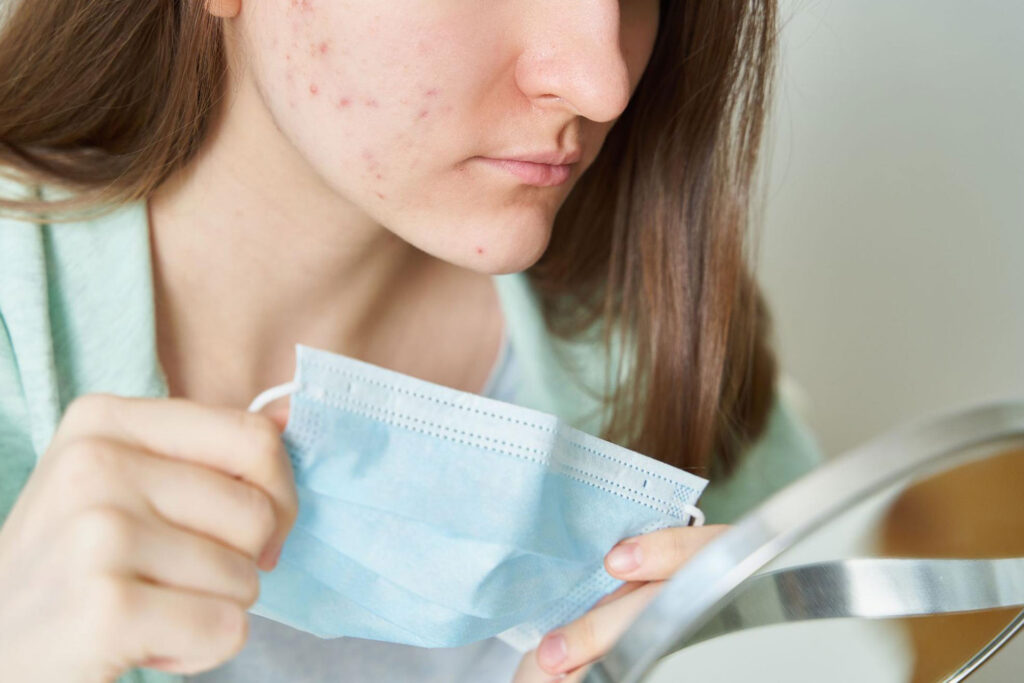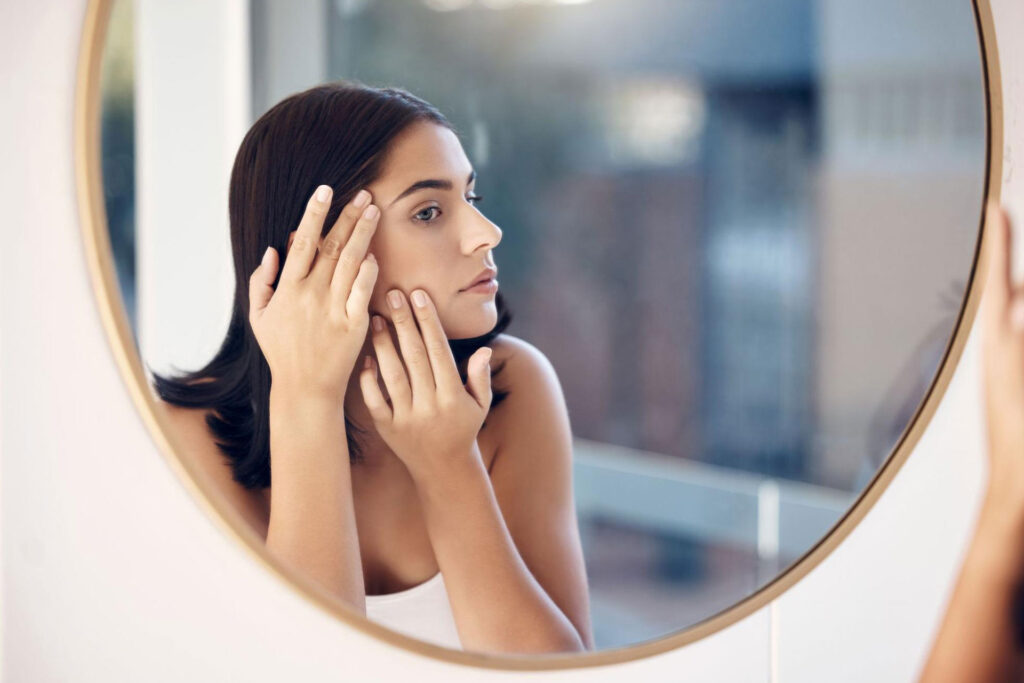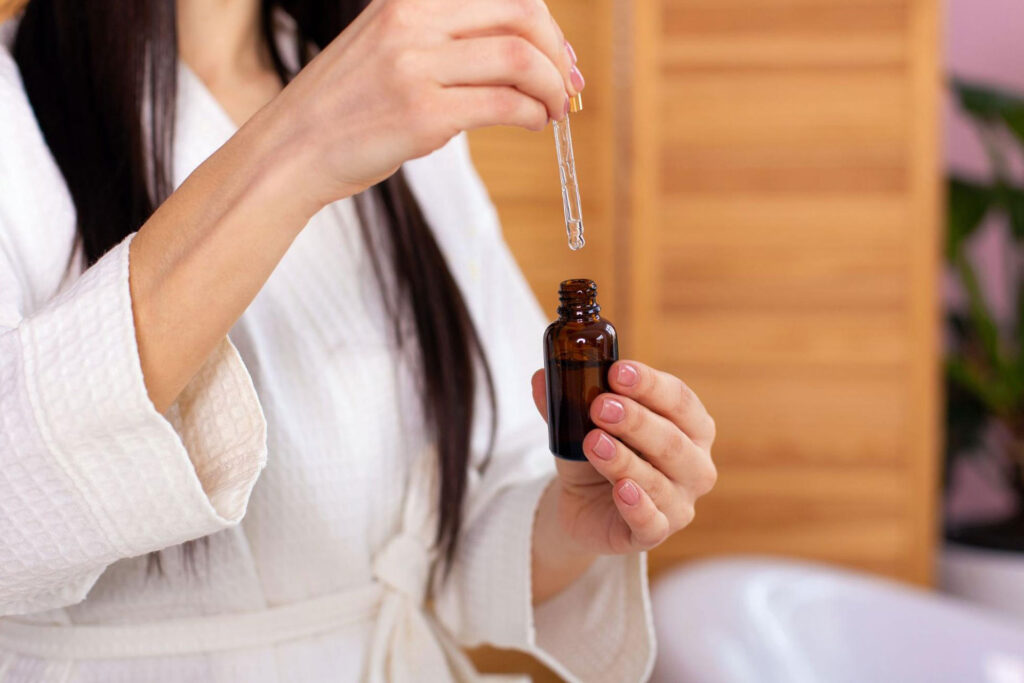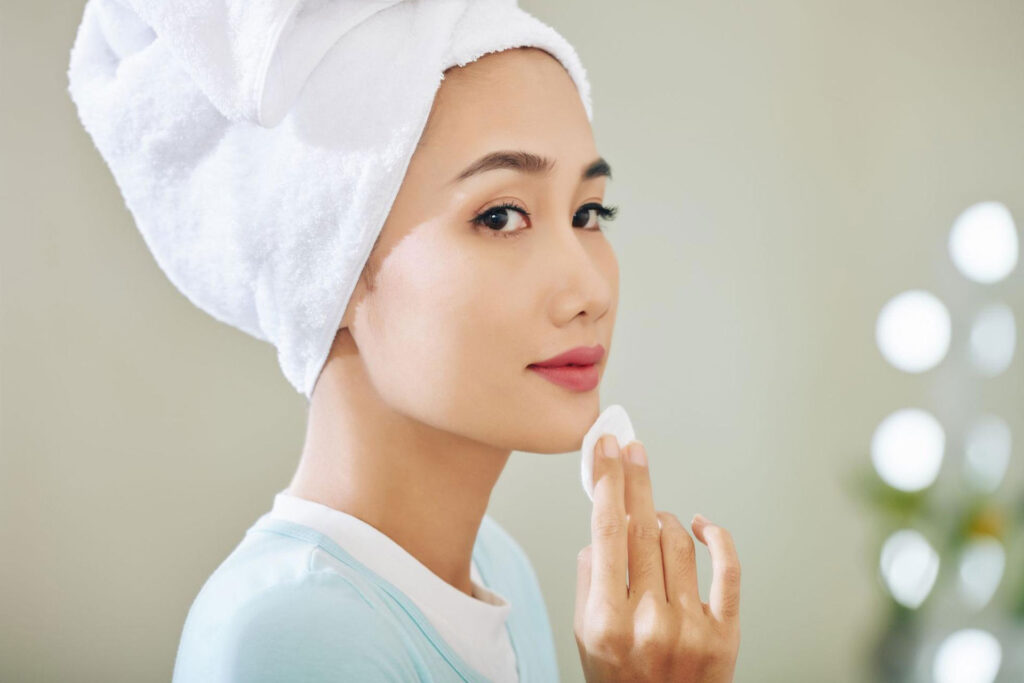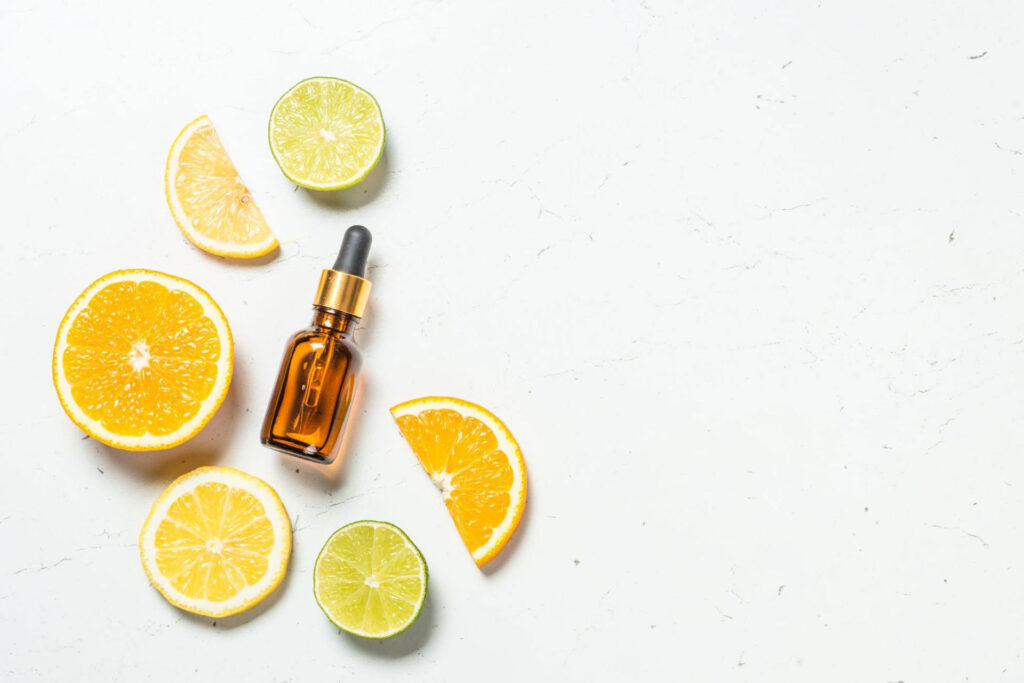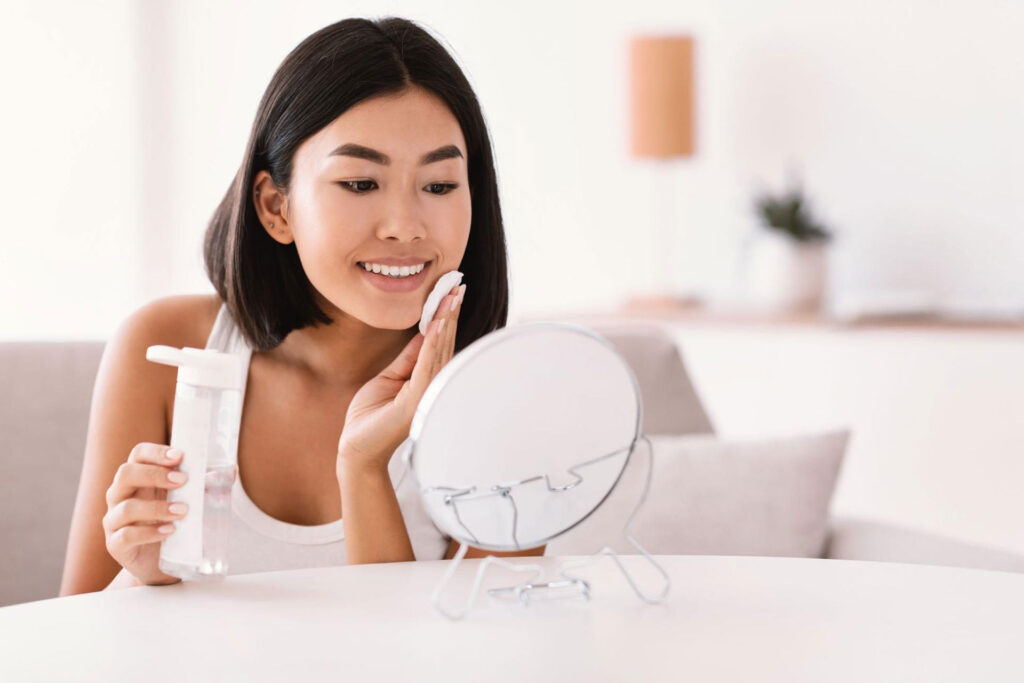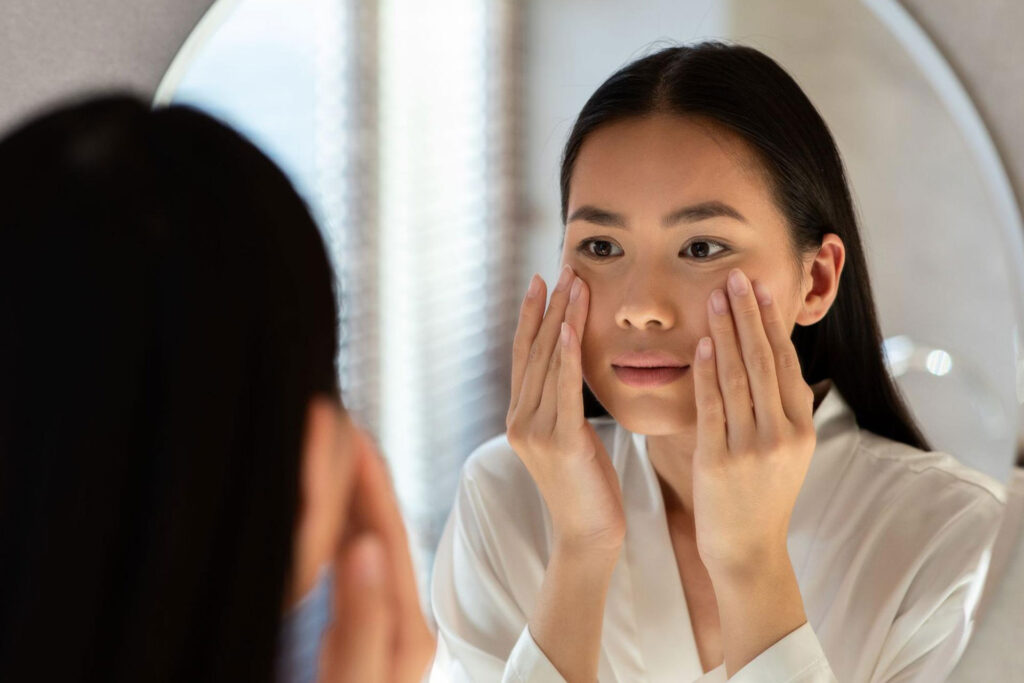Skin Care 101: What Skincare Ingredients Shouldn’t Be Mixed Together?
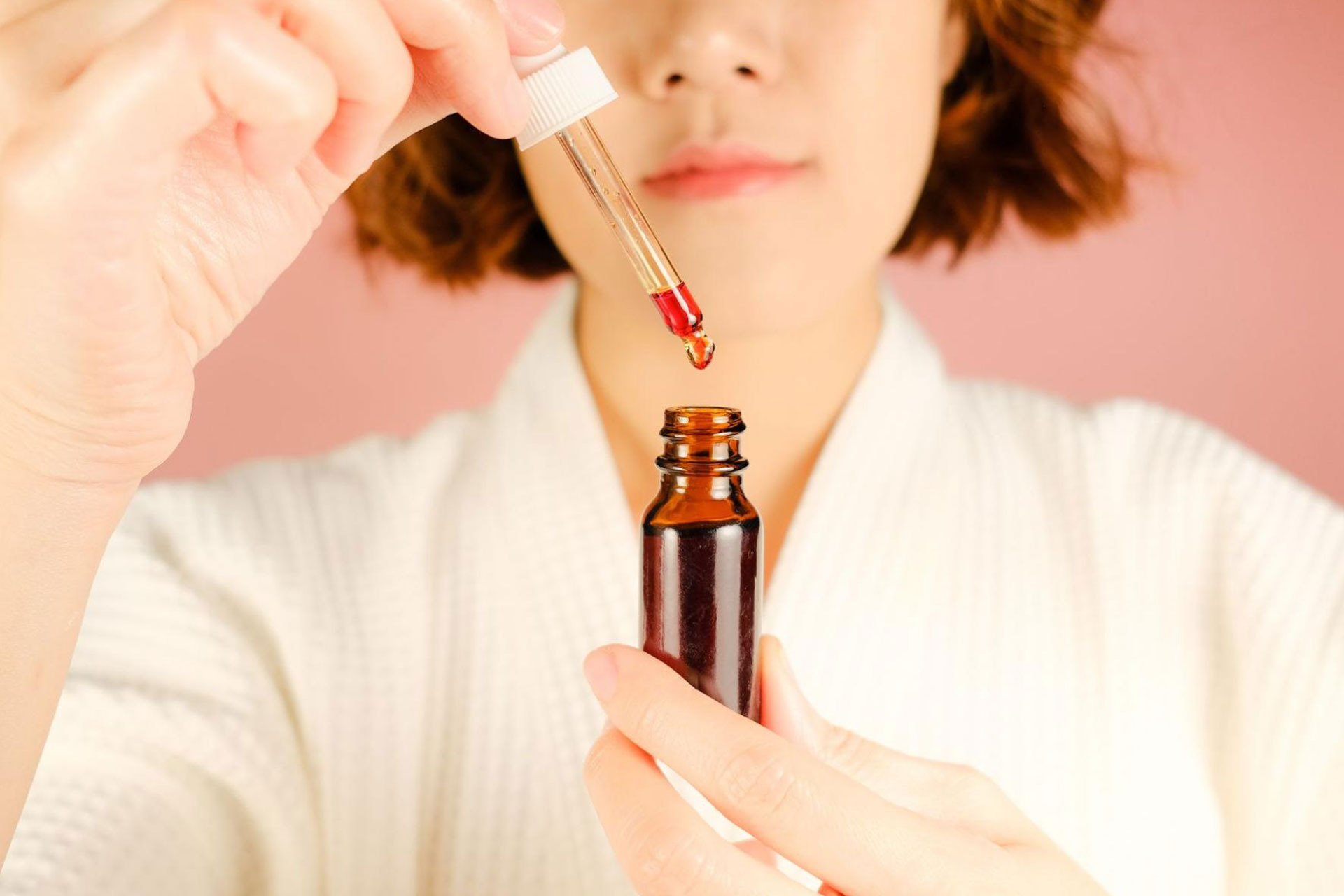
Did you know that not all skincare ingredients can be mixed together? Well, at some point in time during our skin care journey, we’ve all been guilty of biting into the “hype” of skincare products that we don’t know much about simply because the ad sounds all too convincing. We think that since a lot of people say that it works for their skin — the same thing will also happen with ours. Don’t get us wrong, there are actually a lot of skincare products out there that cater to a lot of skin concerns, but of course, not all of them will have the same results as they did to other people’s skin. Keep in mind as well that every skincare product contains varying active ingredients that have their intended purpose of addressing specific skin concerns, and layering them along with other skincare products containing incompatible active ingredients will be a huge recipe for disaster, and definitely one of the skin care mistakes you need to stop doing.
If you’ve been into skin care for quite some time, then you may already be aware that checking the label or the list of ingredients in any skincare product is a must before you decide to purchase them. However, for those who aren’t aware of this, then now’s the time to practice checking the list of ingredients in your skincare products. To give you a more definite answer as to why you need to do this, here it is:
Why is it important to check the list of ingredients in your skincare products?
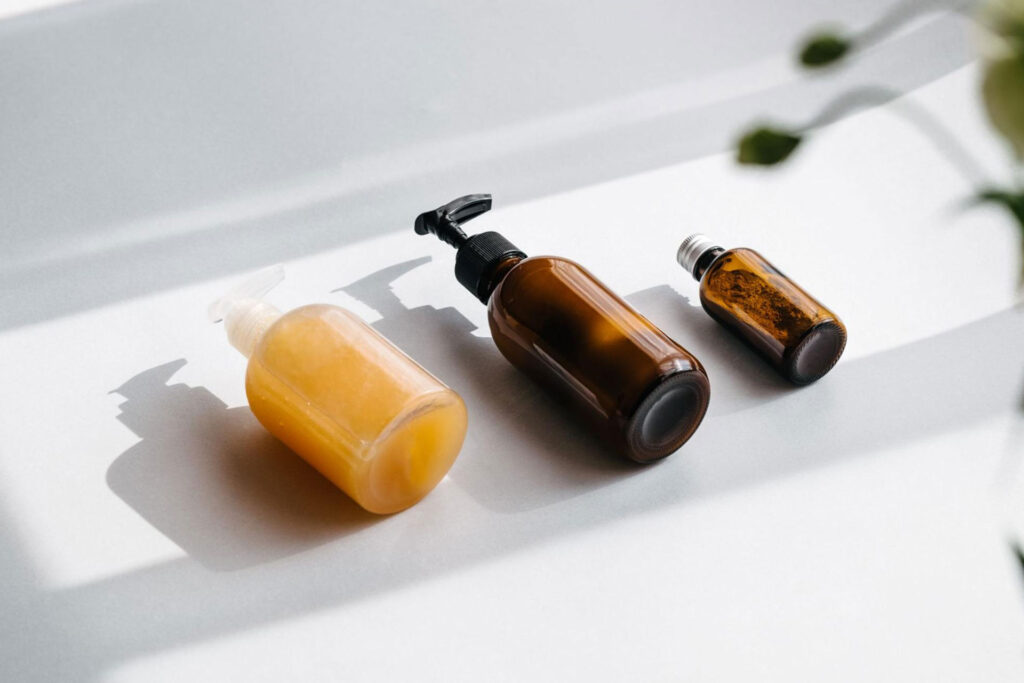
As much as there are skincare ingredients that help with many skin concerns such as lightening dark spots and blemishes, clearing acne, preventing inflammation, and more, there are still some of them that can’t be mixed in with others. For example, vitamin C works well on its own and even with some ingredients such as vitamin E, but it doesn’t work competently with other ingredients such as salicylic acid simply because their mixture isn’t compatible and can cause further damage to the skin.
It may seem like it’s not a big deal, yet it’s still of great importance that you’re aware of the kind of ingredients that touch your skin, especially if you’re just starting out with your skincare routine. Checking the list of ingredients of your skincare products enables you to better decide whether it’s a product that’s safe for your skin or not. Neglecting to do so may only do more damage to your skin than improvement.
So without further ado, here is the list of skincare ingredients that shouldn’t be mixed together:
1. Vitamin C and Retinol
Vitamin C and retinol are known to be active ingredients that work magic for the skin since the former serves as an antioxidant that protects skin cells from free radicals that are caused by UV exposure, while the latter contains anti-aging properties and exfoliates the skin. Both are also individually known to stimulate collagen production, which helps improve the skin’s elasticity, hydration, and reduce fine lines and wrinkles. They’re both good active ingredients on their own and with other ingredients, but not when they’re mixed together. This is because retinol has a higher pH and vitamin C requires a lower pH, which means if they are used together, they won’t do as much for your skin, and may cause irritation in the process since vitamin C is acid and retinol promotes skin cell turnover.
So if you plan to use skincare products with vitamin C and retinol as their main active ingredient, see to it that you use them separately. It’s best to use vitamin C during the day because as mentioned a while ago, it’s an antioxidant that protects your skin from damage caused by pollution and UV rays. While retinol is ideal during nighttime because it’s sensitive to light, which causes your skin to also be sensitive and prone to irritation when exposed to sunlight.
2. Benzoyl Peroxide and Retinol
Benzoyl peroxide and retinol are particularly known for being effective acne treatments and preventing acne from further developing on the skin. However, when you layer these two ingredients together, they may just cancel each other out, resulting in your skin becoming dry and irritated. You can use benzoyl peroxide either in the daytime or nighttime, but if you’re going to use it at nighttime, don’t use retinol. Retinol is ideal only for nighttime use, so make sure that you don’t layer it with benzoyl peroxide.
3. Niacinamide and Vitamin C
Layering niacinamide and vitamin C is a disaster waiting to happen. Why? Hear us out. Although niacinamide is found with vitamin C in many skincare products, especially serums, you should know that it’s not the best decision to layer them together. To be clear, these two ingredients are safe when they are found together in one product or even when combined with other products. But layering them can cause acne breakouts and may actually cancel helpful properties from other products that you applied to your face. In the event that you will have to use them together, wait for 10 minutes before you apply the other product containing either niacinamide or vitamin C — or at least when the product has been fully absorbed by your skin. Doing this allows the ingredients to properly set on your skin, and do their work.
4. Retinol and AHA/BHA Acids
It’s a must that you avoid combining retinol with AHA and BHA acids as they can cause your skin to be extremely sensitive, irritated, and develop redness. Just like the other ingredients mentioned above, these ingredients also have their individual benefits for the skin. However, given that retinol and AHA/BHA acids both already work incredibly well when it comes to exfoliating the skin, it’s not a good idea to mix or layer them together.
5. Vitamin C and AHA/BHA Acids
You ought to know that vitamin C and AHA/BHA are acids, that’s why it’s not advisable to mix or layer them together simply because they can cause dryness and irritation to the skin. It will also damage the skin’s moisture barrier, which is a big no-no since moisture is necessary for the skin. Glycolic acid and salicylic acid are some of the most common, if not popular AHAs and BHAs present in many skincare products, and the former is an efficient exfoliant that reduces hyperpigmentation and fine lines, while the latter is one of the recommended ingredients that treat acne and reduces excess sebum.
But then again, since they are all acids, it messes up the pH balance and only leads them to cancel each other out. Keep in mind that the skin barrier is already slightly acidic because it stores moisture and keeps bacteria away. So if it becomes too acidic, it will increase the chances of inflamed skin, resulting in acne or eczema.
6. Salicylic Acid and Glycolic Acid
Salicylic acid is an example of BHA acid, while glycolic acid is an example of AHA acid, and both of them are active ingredients that you can find in skincare products such as cleansers, toners, and serums. They are both considered powerful active ingredients that help with exfoliating and peeling. Salicylic acid for one, is known for its ability to treat acne, unclog pores, and remove dead skin cells and excess sebum. Glycolic acid almost works the same way as salicylic acid, as it also treats acne, and exfoliates dead skin cells, except that it reduces fine lines and wrinkles and fades hyperpigmentation. No matter how great their benefits are, they still don’t mesh well together. Since they both have exfoliating and peeling agents, it’s not the best thing to layer or mix them together because it can cause damage to the skin. Instead of improving your skin, you may just end up with more irritated and sensitive skin. Be sure to use products that contain these active ingredients in moderation.
Despite having a good array of benefits individually, dermatologists and skin experts still advise that even if they are safe to use every day, it should be with caution. This will depend on your skin type, of course, because acids like this tend to cause redness, irritation, and further sensitivity to the skin, that’s why you have to be careful.
7. SPF and Makeup
SPF is a must for everyday use, whether you’re going out or staying in because the UV rays coming from the light of the gadgets you’re using can still damage your skin, which is why it should always be a part of your daytime skincare routine. However, it’s not ideal to have your sunscreen mixed with your makeup foundation. It’s best to use them separately and let the sunscreen be properly absorbed by the skin first before you apply makeup. This is because, as Dr. Mack, a board-certified dermatologist in New York City, explained that wearing foundation with SPF alone wouldn’t suffice to protect your skin from the sun. That’s why it’s much more advisable to layer them instead of relying solely on a makeup product that contains SPF to protect your skin from sun damage.
8. The Same Active Ingredients
If you think that using skincare products with the same active ingredients will speed up the progress of your skin, then you’re doing your skincare routine wrong. Mixing or layering products with the same active ingredients will just cancel each other out, so it won’t show as many results as you expect.
Basically, you’re spending insignificantly on the wrong products, when you can invest in other products that contain complementing active ingredients. Instead of using them all in one routine, you can opt to use them separately; some during the day and some at night. For example, if you plan to use a toner that contains niacinamide in the morning, don’t layer it up with another product that contains niacinamide. Wait until your nighttime skincare routine to use other products containing the same active ingredient.
9. Oil-based Products and Water-based Products
Oil and water simply don’t mix well together since oil pushes backwater. So layering oil-based products and water-based products isn’t really the best idea out there for your skincare routine. The oil-based product will just keep the water-based product from being properly absorbed by the skin. Although, you can still do some modifications in the event that you have both oil-based and water-based products — layer the water-based products first before the oil-based ones. This way, the water-based products will have a good amount of time to set in before you apply the oil-based products. Nevertheless, to be safe, choose water-based products as they are lighter and are generally more gentle for the skin.
Every skin care journey varies from one person to another. It doesn’t mean that if a certain product or skincare routine worked for the majority, then it will also work the same way for the rest. There are many skincare products out there that simply speak to different skin concerns, but at the same time, it’s still important to remember that they contain different ingredients that will either make or break your skin. Applying a lot of skincare products to your face isn’t the best way to determine what the results will be, because, at the end of the day, it’s still up to what kinds of ingredients you’re mixing together. Are they safe to be mixed in the first place? One wrong move and you may just find yourself spending on products that aren’t delivering as many results that you expect for your skin. So take care of your skin and read the labels!
If you are looking for Skincare Products in the Philippines, visit our page, we have a variety of items for you to browse! Like our Facebook page for updates!

